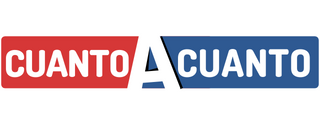It is crucial for any industry to have a process that effectively manages assets as well as risks. This is especially true for the financial industry, since insurers make use of the premiums from policyholders to invest in assets in order to generate revenue and ensure their financial stability. Assets can be volatile, and it is crucial for investors to manage their investments with care which includes knowing when to take more risk or risk less to achieve their objectives.
In addition, an effective asset and risk management process is essential for energy and resource companies to safeguard their assets and achieve the highest ROI throughout their lifecycle. This entails identifying, assessing, and managing why not try these out the risks associated with the assets of an organization that include tangibles such as equipment and buildings as well as intangibles, such as intellectual property and data.
The business must first determine and name all its assets. In the ideal scenario, each asset would be given a name and a designated owner who is responsible and has authority over the asset. These individuals are most familiar about the risks that come with their respective assets and can manage them effectively. These stakeholders should be consulted by the risk management department in order to determine the potential threats and vulnerabilities.
From there, a company should prioritize the risks identified. This is typically based on the likelihood of the risk occurring and its impact on the business. Risks that are most critical require the highest level of security implementation, investment, and attention. The other risks should be addressed if necessary while considering the business’s operational needs as well as regulatory compliance.




Comentarios